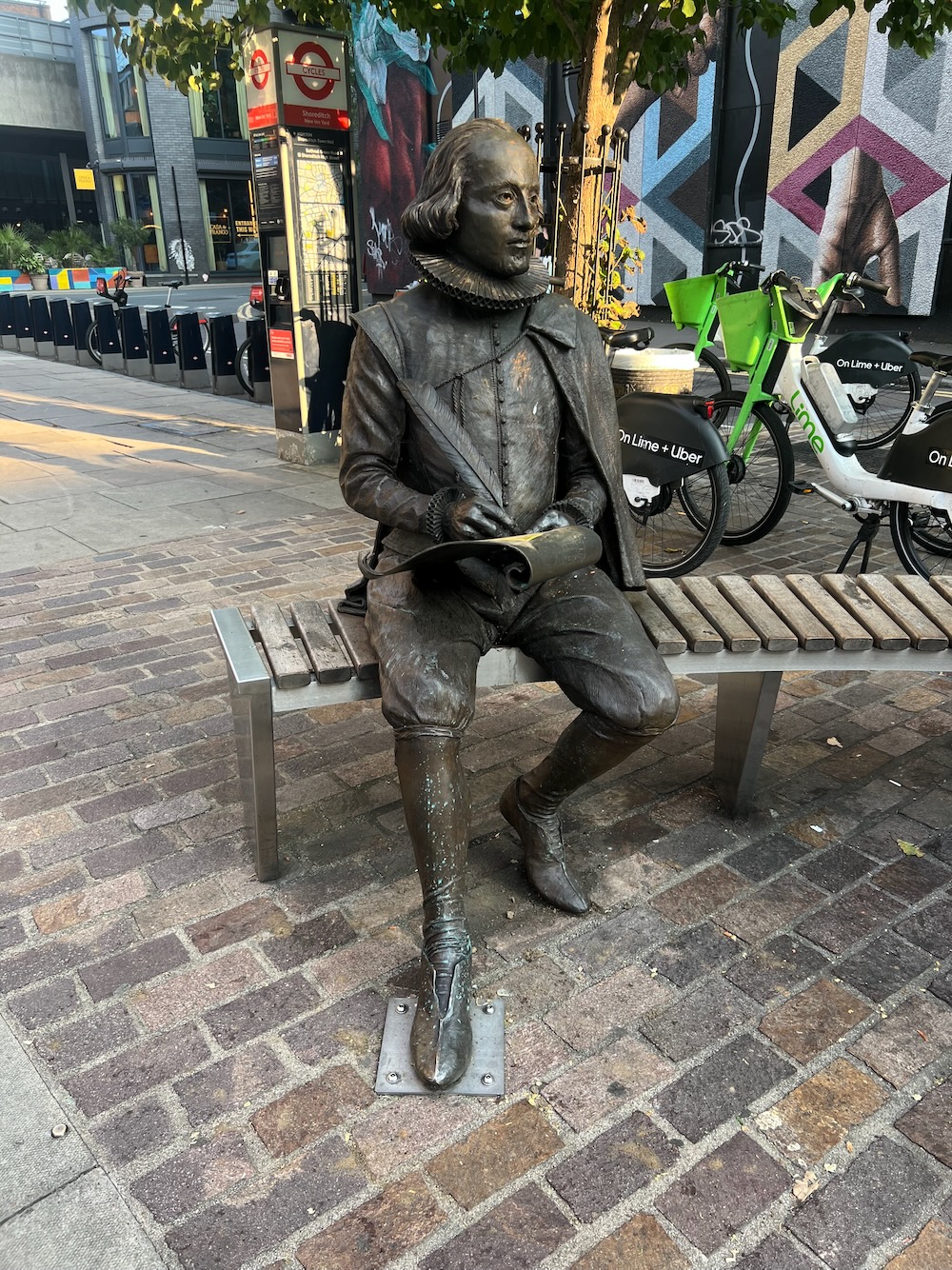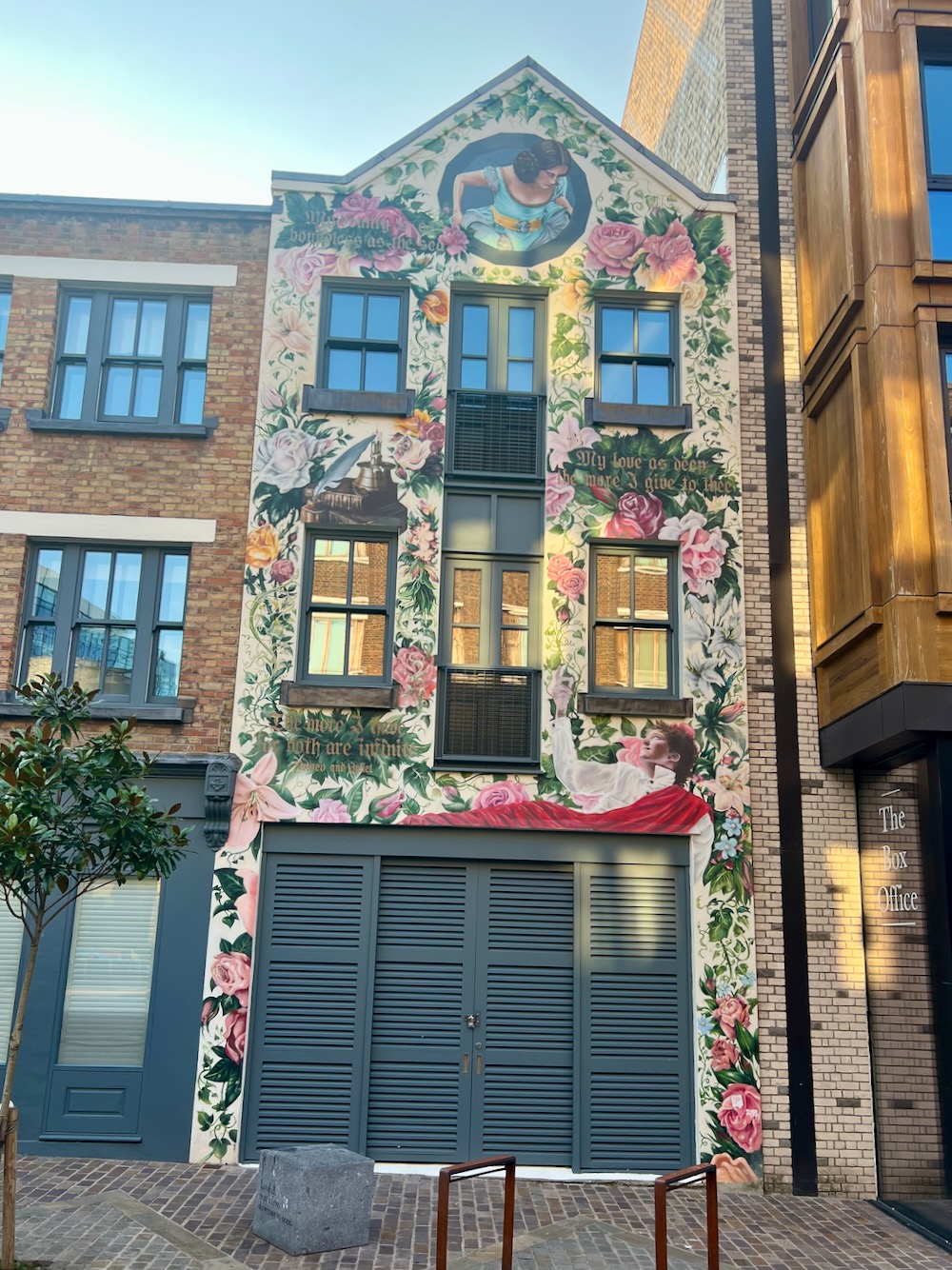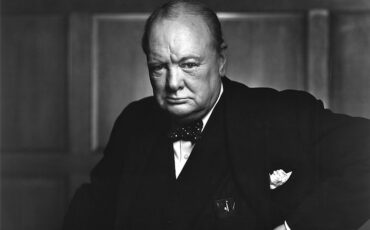It is not known to many people, but William Shakespeare began his theatrical career in the East End of London rather the place most often associated with him – Southwark, the area to the south of London Bridge. Sam Wannamaker, the American actor and director, felt that Shakespeare deserved a monument in London, the city where he made his fame and fortune. Wannamaker decided to rebuild the Globe Theatre in Southwark near the Tate Modern Museum and raised the money from donors to do so.
Back in 1599 actors left the East End where the Curtain Theatre was originally sited and moved to Southwark. They were not allowed into the area north of the Thames which is known today simply as ‘the City’ – roughly the Roman city of Londinium. In this part of London making money was considered more important than spending it on such frivolous entertainments as going to plays, bear-baiting or using the services of the many prostitutes of Southwark. They were known as ‘the Winchester geese’ because they worked on land owned by the Bishops of Winchester.
 William Shakespeare sculpture in Shoreditch. Photo Credit: © Ursula Petula Barzey.
William Shakespeare sculpture in Shoreditch. Photo Credit: © Ursula Petula Barzey.
Museum of Shakespeare
Now the East End is aiming to reclaim its status as William Shakespeare’s first home in London and a new Museum of Shakespeare is to be opened in 2025 on the site of the old Curtain Theatre in Shoreditch. Legend has it that Shakespeare began his career by looking after the horses of well-heeled theatregoers before he graduated onto the stage and then moved backstage to start writing plays for the company. A talented individual like young Will Shakespeare could come from a smaller town such as Stratford-upon-Avon and establish himself in the newly burgeoning theatre in London. Class distinction and the backing of a wealthy individual was not so important in the world of the theatre.
There is a statue of Shakespeare outside Southwark Cathedral, which serves those who live on the south side of the River Thames. Although Shakespeare lies buried in his home town of Stratford-upon-Avon, his younger brother Edmund, who followed William to London and became an actor on the stage, is buried in the cathedral and there is a stained glass window in the church in honour of the writer.
There was no copyright in sixteenth and seventeenth-century England when Shakespeare wrote his plays, and he could not expect to make much money from publishing his work. Money was to be made in the theatre but it was from putting on plays that people paid to see. Cash was stored in a box stored safely in an office (hence the phrase ‘box office’). It was not until 1623, seven years after Shakespeare’s death, that two of the actors in his company, John Heminges and Henry Condell, published his work in what is always called The First Folio. If it had not been for the efforts of Heminges and Condell, many of Shakespeare’s plays would probably have been lost to us.
Shakespeare himself often rewrote plays that were in common circulation – such as Hamlet which is based on an earlier play called Amleth. Knowing that his audience were keen to see representations of English history, he also used the chronicles of Raphael Holinshed for source material. He was a professional playwright working in a cut-throat business and wrote for performance not posterity.
The Museum of Shakespeare is designed to take visitors back to his time and follow in the footsteps of the playwright. Those visiting will absorb the sights, sounds and even the smells of sixteenth-century London. They will meet some of the people who inspired and performed in his plays and will even have the chance to take centre stage to demonstrate their own flair for performance.
All this will take place three metres underground on one imagined day in 1598, a year before the company upped sticks and moved to Southwark after a dispute with the owner of the land on which they had built the theatre and where Romeo and Juliet and Henry V were first performed. The actors took the timbers of the old theatre with them when they moved to Southwark, so the Globe Theatre was reborn south of the Thames in a place forever associated with it. However, the East End is now fighting back and is keen to be identified as the first home in London of our most famous playwright.
The Museum of Shakespeare is due to open in early 2025 on the site of the Curtain Theatre in Shoreditch, the original home of Shakespeare’s company, the Lord Chamberlain’s Men.
 In Shoreditch, a street art mural commemorating the William Shakespeare play, Romeo and Juliet. Photo Credit: © Ursula Petula Barzey.
In Shoreditch, a street art mural commemorating the William Shakespeare play, Romeo and Juliet. Photo Credit: © Ursula Petula Barzey.
Note: Special thanks to fellow Blue Badge Tourist Guide Victoria Herriott for providing background information for this blog post!







Leave a Reply